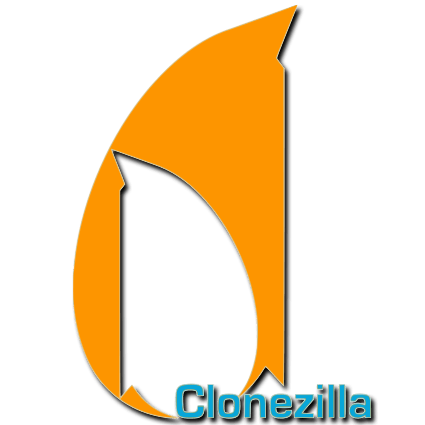Diskzilla 1 0

All versions of Clonezilla live support machine with legacy BIOS. If your machine comes with uEFI secure boot enabled, you have to use AMD64 (X86-64) version (either Debian-based or Ubuntu-based) of Clonezilla live.; Checksum files, not iso or zip ones, are GPG signed by DRBL project, which has the fingerprint: 54C0 821A 4871 5DAF D61B FCAF 6678 57D0 4559 9AFD. We don't have any change log information yet for version 4.0.533 of Disk Drill For Windows. Sometimes publishers take a little while to make this information available, so please check back in a few days to see if it has been updated. DiskZilla is a professional suite of 8 essential apps that lets you clean and optimize your Mac (OS X 10.6.6 or later). Normally available for $15, now Diskzilla is available free for a limited time at iTunes store and Mac App Store. The 8 apps/features available in the DiskZilla bundle include: 1.Health Monitor Lets you view your Mac’s analytics and provides real-time display of your CPU.
Deskzilla 1 0 2
Features:

Deskzilla 1 0 3
- Many File systems are supported: (1) ext2, ext3, ext4, reiserfs, reiser4, xfs, jfs, btrfs, f2fs and nilfs2 of GNU/Linux, (2) FAT12, FAT16, FAT32, NTFS of MS Windows, (3) HFS+ of Mac OS, (4) UFS of FreeBSD, NetBSD, and OpenBSD, (5) minix of Minix, and (6) VMFS3 and VMFS5 of VMWare ESX. Therefore you can clone GNU/Linux, MS windows, Intel-based Mac OS, FreeBSD, NetBSD, OpenBSD, Minix, VMWare ESX and Chrome OS/Chromium OS, no matter it's 32-bit (x86) or 64-bit (x86-64) OS. For these file systems, only used blocks in partition are saved and restored by Partclone. For unsupported file system, sector-to-sector copy is done by dd in Clonezilla.
- LVM2 (LVM version 1 is not) under GNU/Linux is supported.
- Boot loader, including grub (version 1 and version 2) and syslinux, could be reinstalled.
- Both MBR and GPT partition formats of hard drive are supported. Clonezilla live also can be booted on a BIOS or uEFI machine.
- Unattended mode is supported. Almost all steps can be done via commands and options. You can also use a lot of boot parameters to customize your own imaging and cloning.
- One image restoring to multiple local devices is supported.
- Image could be encrypted. This is done with ecryptfs, a POSIX-compliant enterprise cryptographic stacked filesystem.
- Multicast is supported in Clonezilla SE, which is suitable for massive clone. You can also remotely use it to save or restore a bunch of computers if PXE and Wake-on-LAN are supported in your clients.
- Bittorrent (BT) is supported in Clonezilla lite server, which is suitable for massive deployment. The job for BT mode is done by Ezio.
- The image file can be on local disk, ssh server, samba server, NFS server or WebDAV server.
- AES-256 encryption could be used to secures data access, storage and transfer.
- Based on Partclone (default), Partimage (optional), ntfsclone (optional), or dd to image or clone a partition. However, Clonezilla, containing some other programs, can save and restore not only partitions, but also a whole disk.
- By using another free software drbl-winroll, which is also developed by us, the hostname, group, and SID of cloned MS windows machine can be automatically changed.